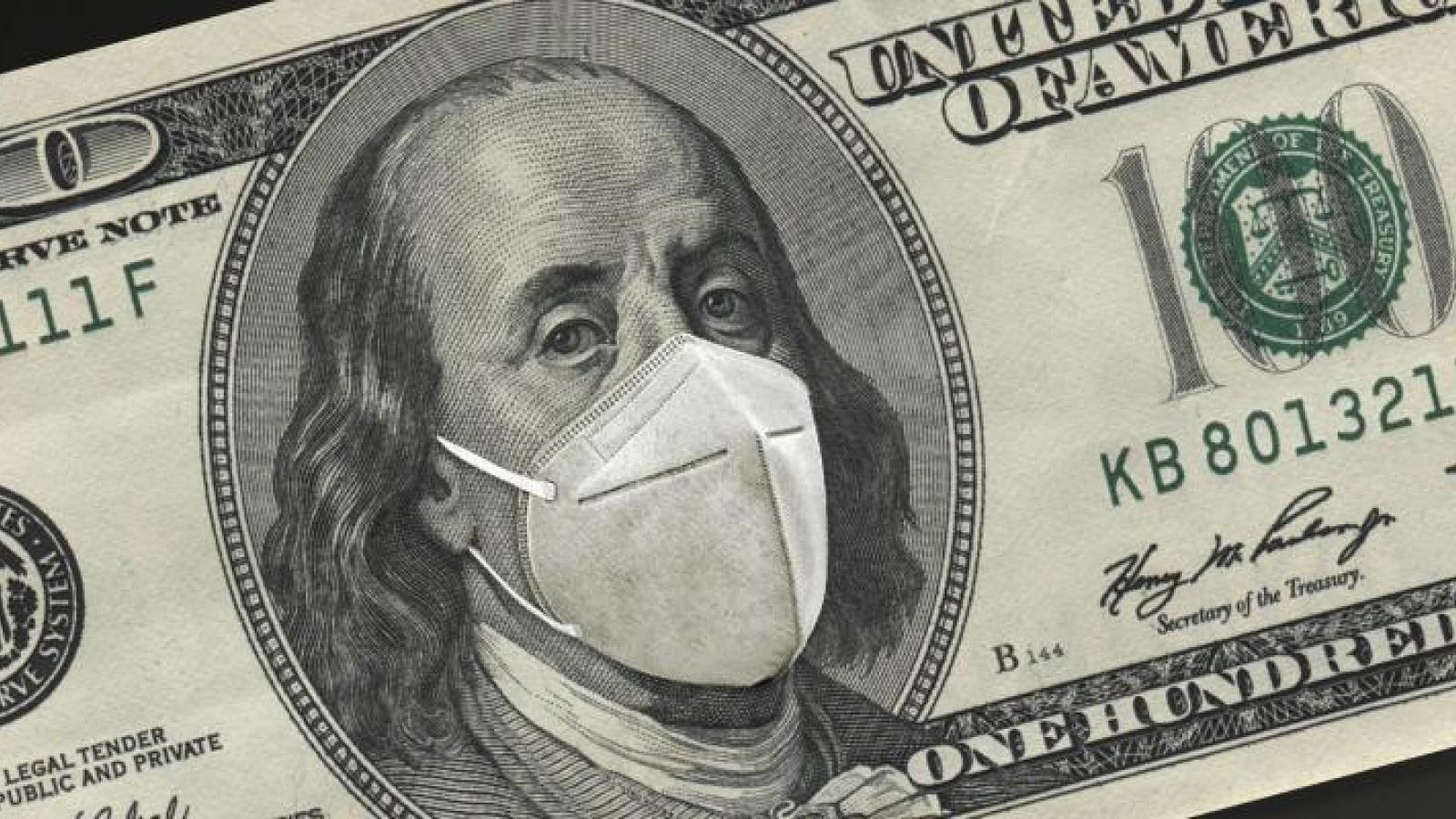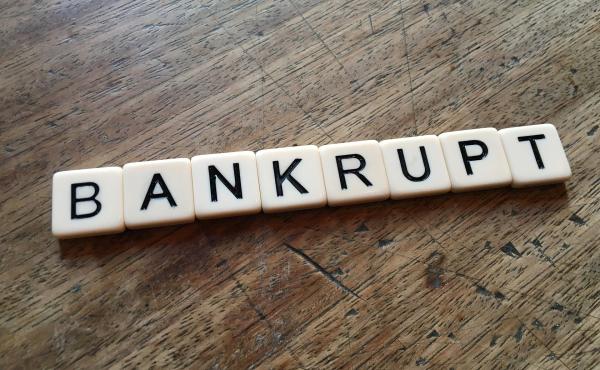
The ECGI blog is kindly supported by

Part Two (COVID-19): An abundant supply of funding
So we now know that there was a reallocation of resources toward high-resilience industries, both in the United States and in Europe. But where did the resources come from and how were they used?
Firms’ first line of defence against the initial dry-up in cash flow was to draw down their credit lines from banks and to take loans from them to increase their liquidity, with large banks providing most of the required funding. U.S. firms withdrew $240 billion from outstanding credit lines. This massive drawdown of credit lines by their customers induced a crash in banks’ stock prices and the liquidity demand by large firms was so fast as to induce banks to restrict credit to SMEs. Fintech lending to small businesses also largely dried out at the onset of the pandemic: while the number of loan applications increased sharply early in March 2020, the supply of credit collapsed as online lenders dropped from the platform.
However, fiscal policy interventions came to the rescue. Both the U.S. and European governments stepped in to support bank lending via loan guarantee programs prioritising small businesses, equity injections into firms particularly hit by the pandemic (such as airline companies), and short-term work (STW) support. At the same time, central banks implemented measures to foster bank credit to firms, such as the Targeted Longer-Term Refinancing Operations (TLTROs) in the eurozone and the Term Funding Scheme in the United Kingdom, while prudential authorities relaxed regulatory requirements for banks. These joint fiscal, monetary, and prudential policy interventions made lending to companies significantly safer and enabled banks to supply a significant amount of liquidity to them, especially to SMEs. This helps to understand not only why firms expanded their asset base in 2020, but also why small firms in particular did so.
The response by security markets and financial institutions also played a key role. Many large firms preferred to issue bonds rather than new syndicated bank loans. A large share of bond issuance was used either to repay existing bank loans or to increase liquid assets rather than to fund investment. Firms greatly increased their liquidity in 2020 and cheap bond funding played an important role in this increase. The supply of equity capital responded more slowly than that of debt. Some U.S. public companies, especially smaller ones, were able to raise fresh equity via stock issuance during the COVID-19 crisis. After the initial slowdown, the U.S. primary market for equity featured a robust recovery, which may have contributed to the growth in companies’ assets: the number of IPOs rose to historically high levels in 2020 and in 2021. In the United Kingdom and Germany, the number of IPOs also rose slightly in 2020 relative to 2019.
These issuances did not result in an increase in leverage for listed companies. One might have expected firms to emerge from the COVID-19 shock with weaker balance sheets, due to the negative effect of the crisis on their profits, but this is not the case. The increase in capitalisation for listed firms can be explained by them managing to raise more external equity than debt and also reducing payouts to equity holders. A substantial fraction of the capital raised by firms in 2020 appears to have been hoarded in the form of historically high levels of cash reserves, most likely for precautionary reasons.
U.S. firms enacted a set of further strategies aimed at preserving and increasing their cash holdings—namely, suspending dividends and share repurchase programmes. Corporate payout and capital structure responses that normally unfold gradually over time were compressed over very short periods. Estimates suggest that between March and December 2020, U.S. firms saved a combined $86 billion by suspending or reducing dividend payments and another $140 billion by suspending buybacks. This may also have been due to policy responses by governments and supervisory agencies. For example, certain COVID-19 funding programs were available only to firms that did not pay dividends, and both the Federal Reserve and the ECB placed limits on the ability of financial institutions to make payments to shareholders.
The response of unlisted firms’ capital structure was quite different from that of listed firms, as they exhibited an increase in leverage. However, their liquidity response was similar to that of listed firms. SMEs increased their cash reserves even more than large firms. This could be due to a stronger increase in their precautionary demand for cash, due to the greater risk aversion of their controlling shareholders, or from the fact that loan guarantee programs favoured small firms.
So what did we learn?
Firms were able to raise massive amounts of external funding from both banks and security markets. While for listed firms this did not result in an increase of leverage, it did for unlisted firms, especially SMEs. They used much of this external finance to increase their corporate cash balances, and this cash buildup was stronger for SMEs. The objective of cash preservation seems to have also guided dividend and share repurchase policies, leading to an unusual breakdown of dividend smoothing. These responses by firms were made possible by the abundant supply of funding made available by financial markets and intermediaries, which acted as a stabilizer of the real sector, unlike in the 2008–09 financial crisis. This accommodating response was possible because of the strong capitalisation of banks, the realisation of the temporary nature of the COVID-19 shock (owing to effective vaccination campaigns), and the proactive monetary and fiscal policies that favoured a recovery in asset prices and transferred credit risk to the public sector.
To continue reading, see "Part Three: COVID-19 lessons and questions for the future"
Or jump directly to the paper: "COVID-19 and Corporate Finance"




